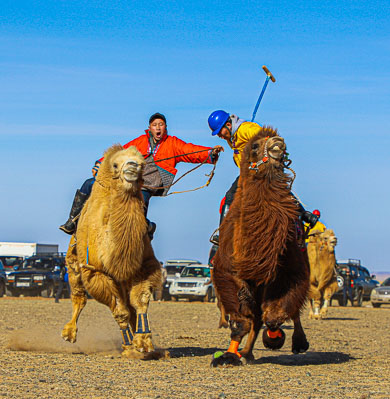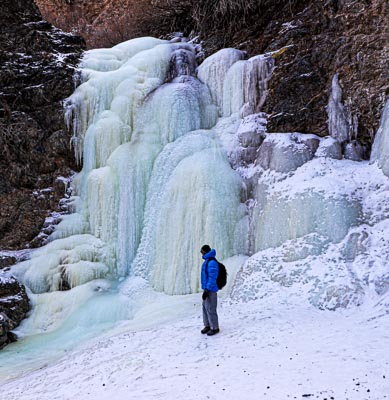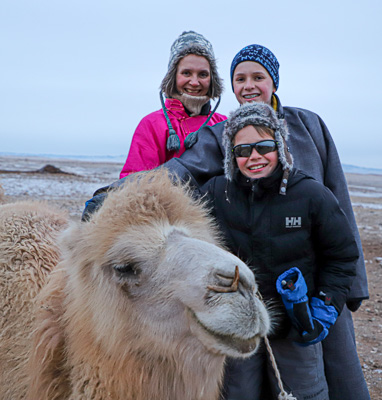THE CAMEL FESTIVAL DATE: 2 and 3 February, annually
Thousand Camel Festival is a magnificent winter festival and cultural introduction to the life of Mongolian camel herders.
The Mongolian Camel Festival has been organized since 1997 for the following reasons.
To protect and increase the two-humped Bactrian camel population
To help the nomads exchange experiences
To Increase the benefit of camels
To improve locals’ participation in natural protection and recovery
To develop winter tourism
To support the livelihood of the locals
To introduce the camel herding Gobi desert nomads’ culture locally and internationally.
The Camel Festival is not a tourist event. This is one of the biggest celebrations and festivals the Gobi desert nomads prepare and excitedly wait. The Camel Festival has a significant influence on the value of the camels. Head of the Gobi desert camels has increased from 192.000 to 460.000 nationwide. The camel head grows slowly as the camels colt after 2 years. The Camel Festival of 2016 was an exceptional celebration, incorporating over 6000 camels and 10.000 people. The Guinness Record book registered the 1200 two-humped camel race organized on the Gobi desert steppes.
The Camel Festival two-day events and competitions
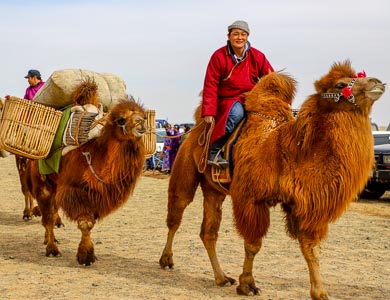
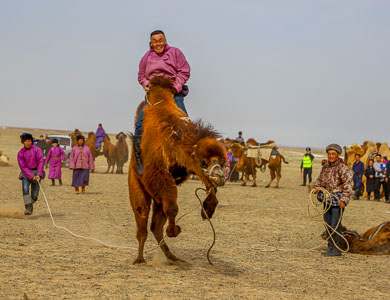
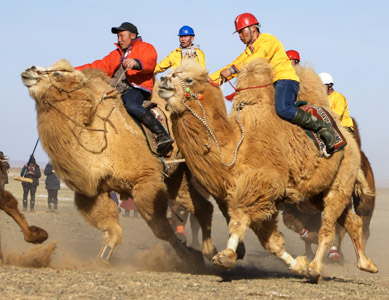
The Camel Festival Location
The Camel Festival takes place at Bulgan town in Umnugobi/Southgobi province, 680 km from Ulaanbaatar. Due to the low season, domestic flight does not operate in March. Some aviation companies fly depending on the reservation.
The best way to travel to Bulgan town is by driving 580 km on paved roads and 100 km on rough roads. You can take the same route when returning to Ulaanbaatar or travel back through Kharkhorin and Orkhon Valley. Bulgan town is central in terms of location for the camel herders and allows the camel herders to participate in the festival by traveling appropriate distances. Another advantage of the Camel Festival location is it is close to the famous attractions of the Gobi desert. Visitors can see the Gobi Desert's top attractions, such as Khongor dunes, Flaming Cliffs, Khavtsgait Rock Drawing, Moltsog dunes, Mukhar Shivert Valley, and Eagle Valley in Gobi Gurban Saikhan Mountain, adding 2-3 extra days.
Where to stay during the Camel Festival?
The seasonal tourist accommodation ger camps do not work in winter. Therefore, you can stay at the Dalanzadgad hotels before and after the festival. The provincial center is 100 km from Bulgan town, where the Camel Festival takes place. In Bulgan town, you will stay extra gers of the town families or in their houses. So, you will observe the locals' life and learn more about the Gobi desert people's culture.
